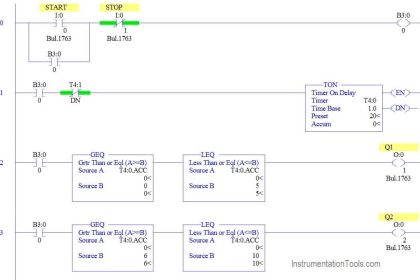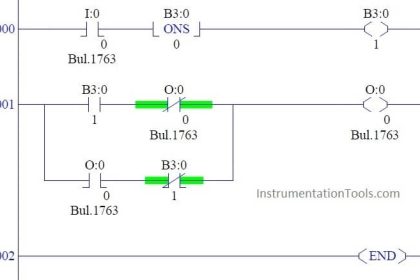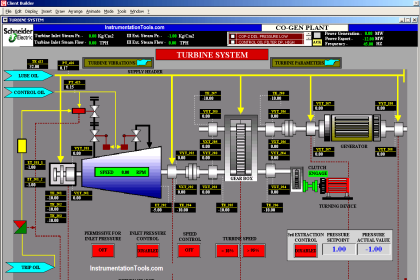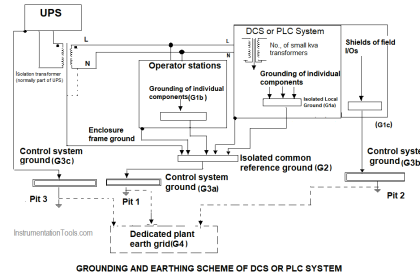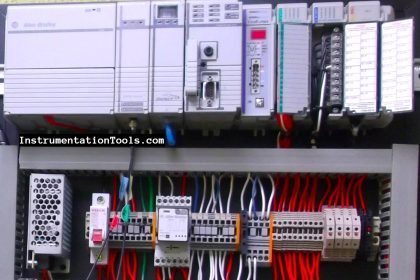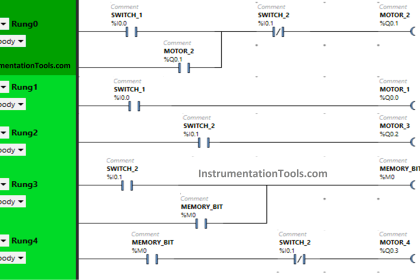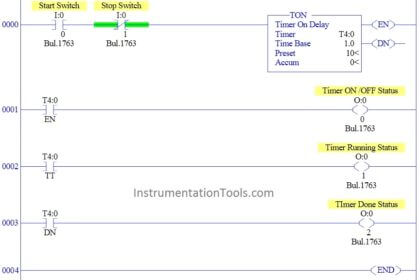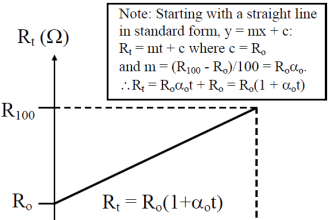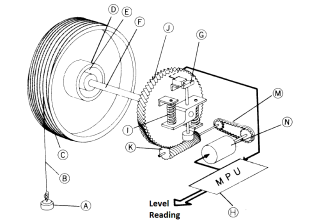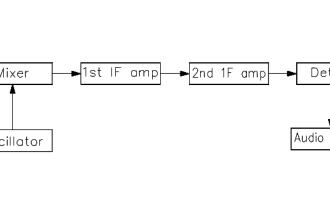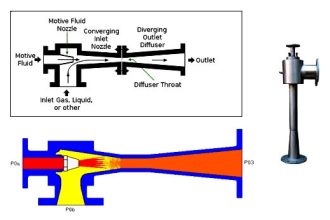Jogging refers to repeated starting and stopping of a motor in short bursts to perform a particular movement such as moving a crane to a particular location. The motor is operated on full power.
Jogging is moving the motor in small increments.
Inching is similar to Jogging and the two are often confused with each other. Inching involves short thrusts of motion at reduced power. The motor is made to run at a reduced voltage.
Jogging and Inching
The definition of jogging or inching as described by NEMA is “the quickly repeated closure of a circuit to start a motor from rest for the purpose of accomplishing small movements of the driven machine.”
The term jogging actually means to start a motor with short jabs of power at full voltage. The term inching means to start a motor with short jabs of power at reduced voltage.
Although the two terms mean different things, they are often used interchangeably because both are accomplished by preventing the holding contacts from sealing the circuit.
Jogging Operation
Jogging should not be done more than 5 times in a minute. This is because jogging can cause the motor to overheat.
If Jogging is to be done frequently, the starter of the motor should be derated.
Jogging Operation in AC motor
Can be operated by using a Simple Push Button, or a Control Relay, or a Selector Switch
Repeated starts and/or jogs of induction motors generally reduce the life of the motor winding insulation. A much greater amount of heat is produced by each acceleration or jog than by the same motor under full load.
Application or Purpose of jogging a motor
The purpose of jogging a motor is to align some other part of a machine or to slowing advance a machine through its sequence of operation. This is usually done during a repair or maintenance operation.
An example of jogging or bumping a machine might be when greasing linkages the machine is bumped over so as to position the linkages for access so they can be greased.
If you liked this article, then please subscribe to our YouTube Channel for PLC and SCADA video tutorials.
You can also follow us on Facebook and Twitter to receive daily updates.
Read Next:
Parallel Operation of Alternators
